External hard drives are essential for backing up files, transferring data, and expanding storage. However, Windows 10 sometimes fails to recognize these drives, which can be frustrating. If you’re encountering this issue, don’t worry—several solutions exist to get your external hard drive working again.
Reasons and Fixes: Windows 10 Not Recognizing External Hard Drives
Before jumping into solutions, it’s essential to understand why Windows 10 might not recognize your external hard drive. Some common causes include outdated drivers, connection issues, or partition problems.
Connection Problems
Sometimes, the issue could be as simple as a faulty USB port or cable. If your external hard drive isn’t showing up, the first thing to check is whether the drive is correctly connected to your computer.
Troubleshooting Steps:
- Plug the external hard drive into a different USB port.
- Try using a different USB cable to ensure the original isn’t defective.
- Connect the drive to another computer to rule out an issue with the drive itself.
Outdated or Corrupt Drivers
Outdated or corrupt drivers frequently cause Windows 10 not to recognize external hard drives. If the drivers are up to date, the operating system may be able to communicate with the hardware.
Troubleshooting Steps:
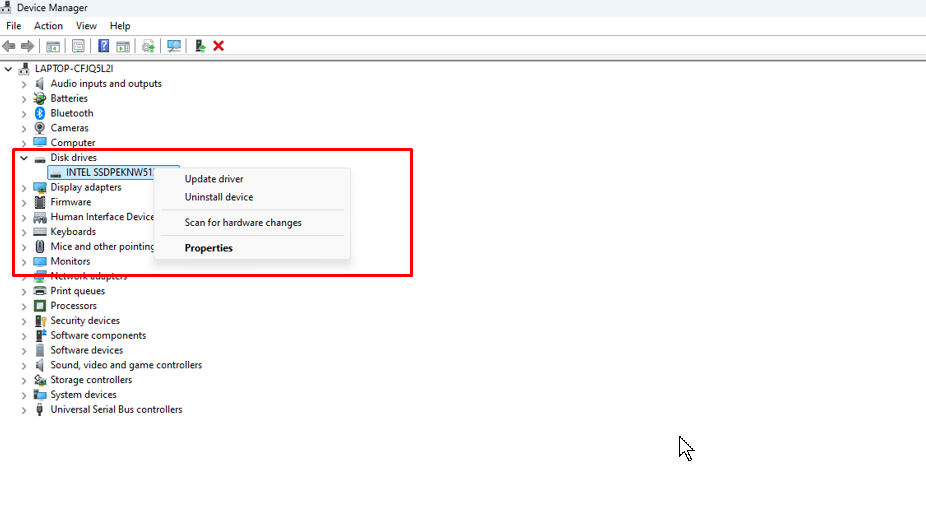
- Press Windows + X and select Device Manager.
- Expand Disk Drives and locate your external hard drive.
- Right-click the drive and choose Update Driver.
- Follow the prompts to search automatically for updated driver software.
If your external hard drive isn’t being recognized, it could be due to several factors, including issues with Storage Controller Drivers, Chipset Drivers, and Power Management Drivers.
Consider a third-party PC repair tool like Tweaking.
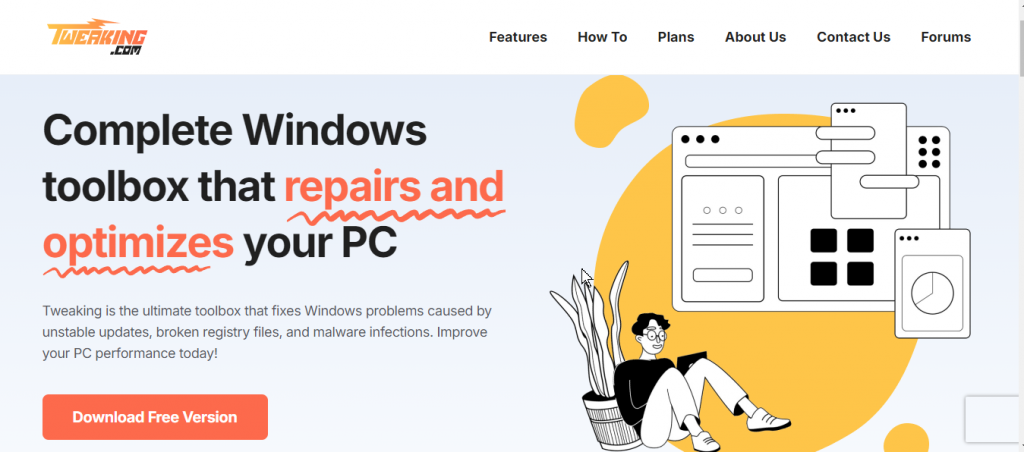
Tweaking comes with hardware identification features that help you recognize your system’s known and unknown components. This can provide insight into what may need upgrading, which drivers require updates, and a clear understanding of each hardware piece’s specifications.
Download and install Tweaking now.
Drive Not Initialized
In some cases, a new external hard drive may not be recognized by Windows 10 because it has yet to be initialized. Initializing a drive makes it usable on your system.
Troubleshooting Steps:
- Right-click the Start button and select Disk Management.
- If your external hard drive shows as Not Initialized, right-click on the drive and select Initialize Disk.
- Depending on your preference, choose MBR (Master Boot Record) or GPT (GUID Partition Table) and click OK.
Incorrect File System
If the external hard drive was formatted with a file system that Windows 10 doesn’t recognize (such as APFS or HFS+ used by macOS), the operating system won’t be able to read it.
Troubleshooting Steps:
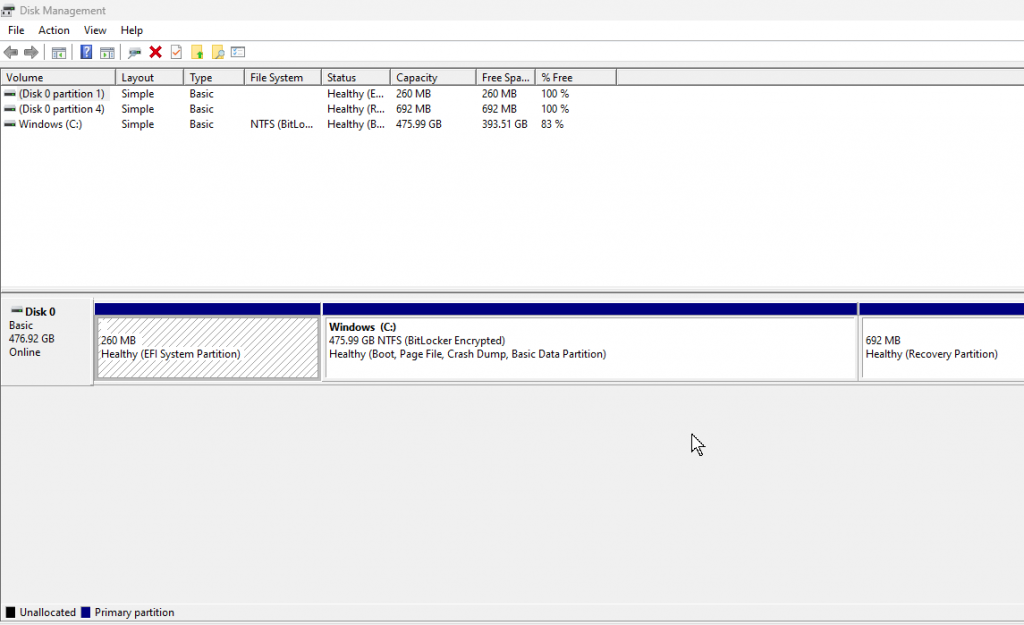
- Open Disk Management by right-clicking the Start button and selecting Disk Management.
- Locate your external hard drive and check the file system listed.
- If the file system is incompatible, right-click the drive, select Format, choose NTFS or exFAT, and click OK. Note that formatting will erase all data on the drive.
Additional Solutions for External Hard Drive Recognition Issues
If the previous steps didn’t resolve the problem, there are additional solutions to explore that might help.
Assign a New Drive Letter
Sometimes, Windows 10 doesn’t recognize an external hard drive because it still needs to be assigned a drive letter. The system will only access the drive with a drive letter.
Troubleshooting Steps:
- Open Disk Management.
- Right-click your external hard drive and select Change Drive Letter and Paths.
- Click Add if no drive letter is assigned, or click Change to choose a new letter.
- Click OK to confirm the changes.
Disable USB Selective Suspend
USB Selective Suspend is a power-saving feature that can prevent external hard drives from being recognized. Turning off this feature can sometimes resolve the issue.
Troubleshooting Steps:
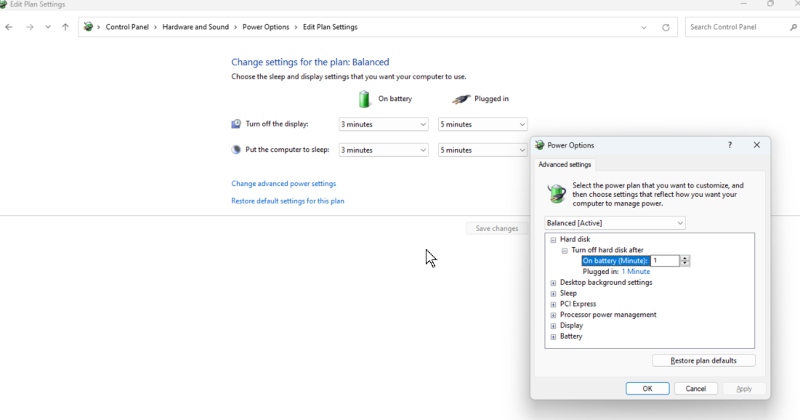
- Open the Control Panel and go to Power Options.
- Click on Change plan settings for your selected power plan.
- Select Change Advanced power settings.
- Expand USB settings and USB selective suspend settings.
- Set both On battery and Plug into Disabled, then click OK.
Update BIOS or Chipset Drivers
Outdated BIOS or chipset drivers can cause Windows 10 to need help recognizing external hard drives. Updating these components can fix the problem.
Troubleshooting Steps:
- Visit your computer manufacturer’s website for BIOS or chipset driver updates specific to your model.
- Follow the instructions provided by the manufacturer to update your BIOS or chipset drivers.
- After updating, restart your computer and check if the external hard drive is recognized.
Check for Partition Issues
If the external hard drive’s partition is corrupted or missing, Windows 10 won’t be able to recognize the drive. In this case, you may need to repair or recreate the partition.
Troubleshooting Steps:
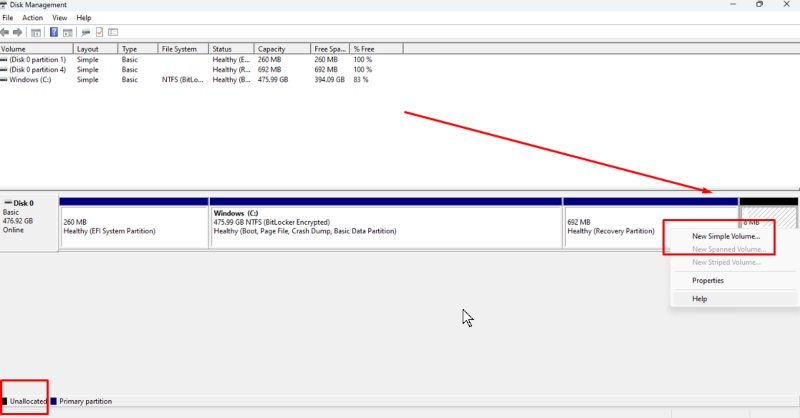
- Open Disk Management and check if your external hard drive appears Unallocated.
- Right-click the unallocated space and select New Simple Volume.
- Follow the on-screen instructions to assign a volume size, file system, and drive letter.
- Click Finish to complete the process.
Conclusion
External hard drives are handy, but it’s frustrating when Windows 10 fails to recognize them. Fortunately, with the proper troubleshooting steps—such as checking the connection, updating drivers, initializing the drive, or assigning a new drive letter—you can quickly resolve the issue and get your external hard drive functioning correctly again.
By keeping your system updated and addressing potential partition or driver issues, you can prevent future problems with external drive recognition.
Menzi Sumile
Verified at:
29/05/2024 06:37
Leave a Reply